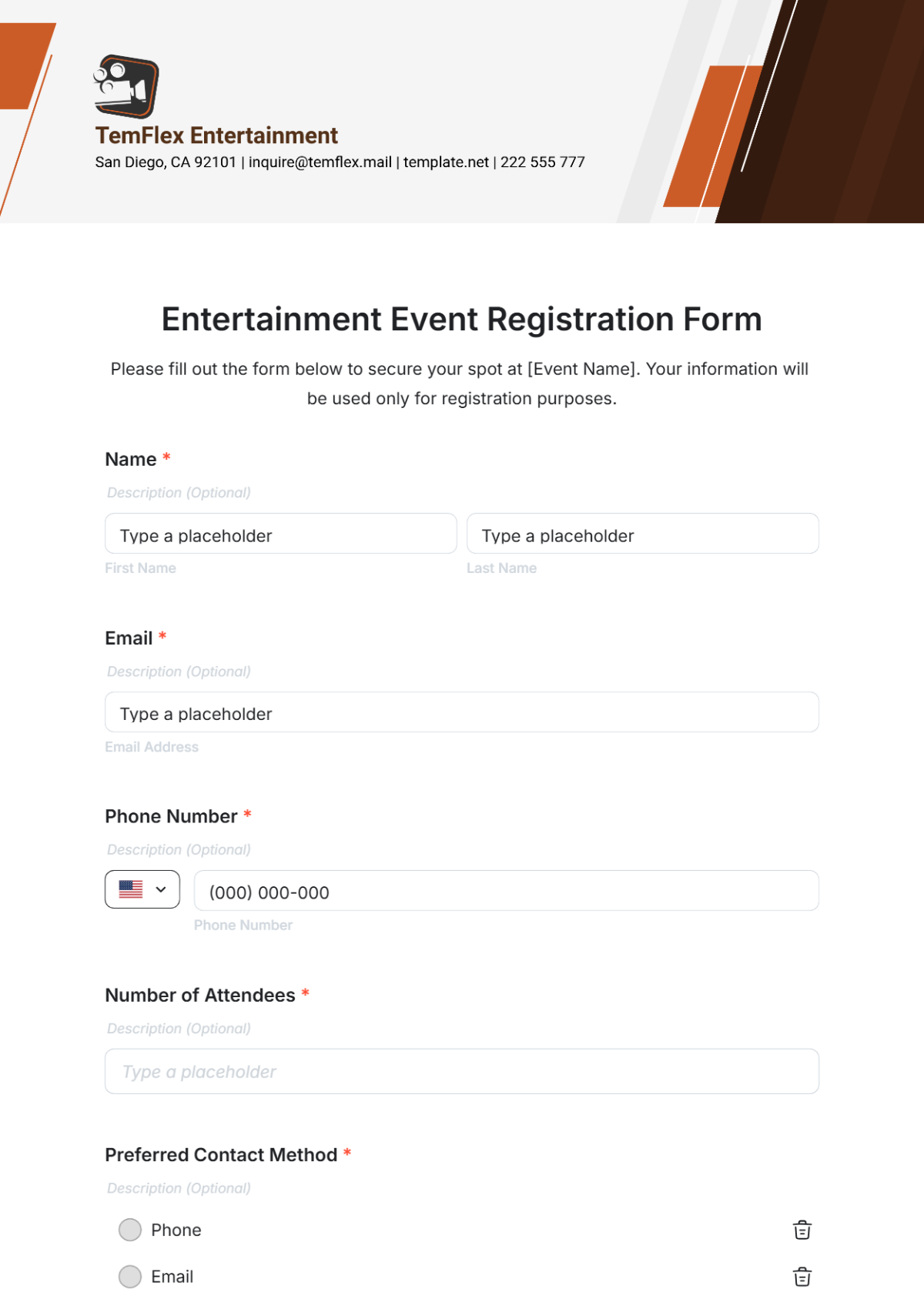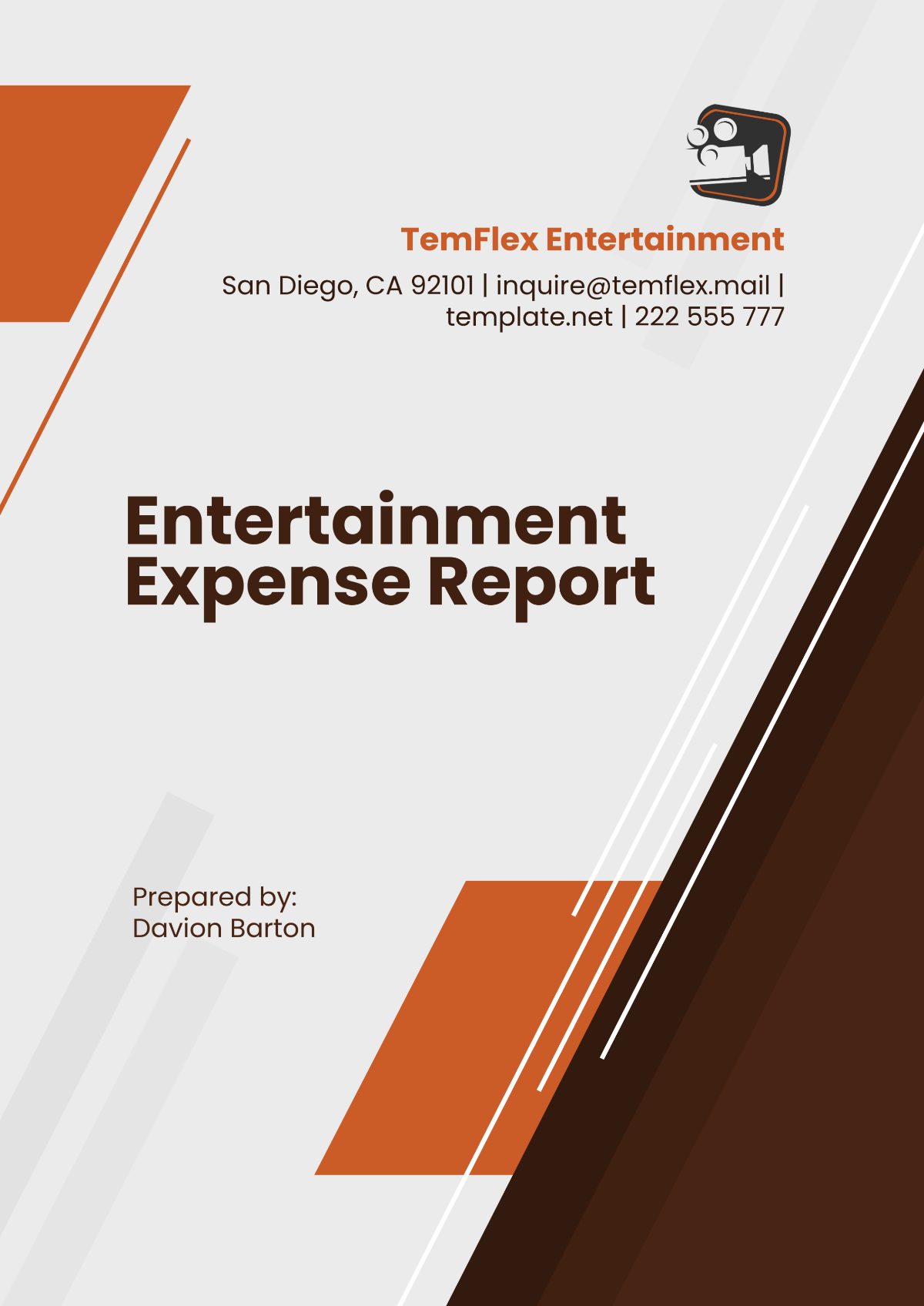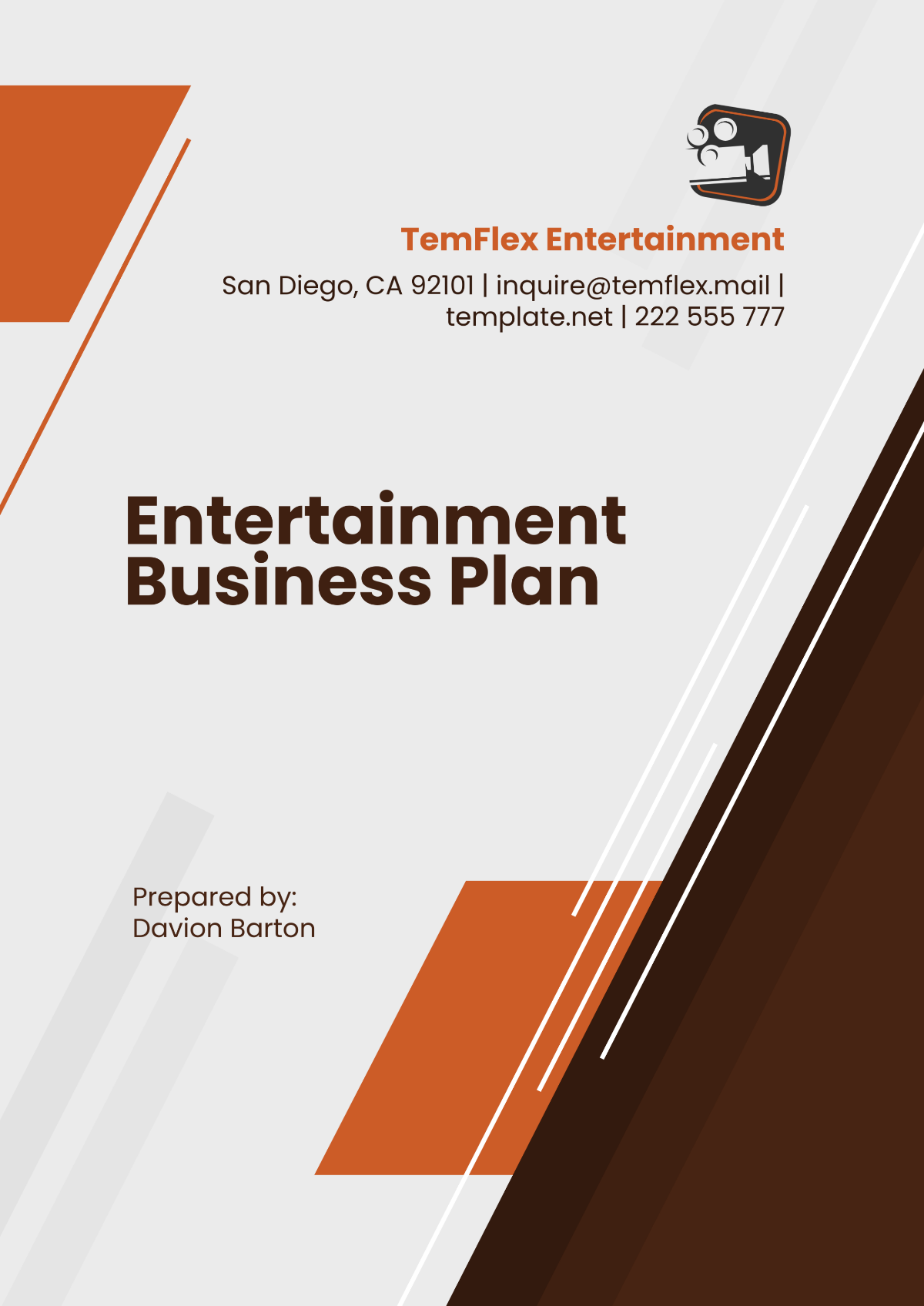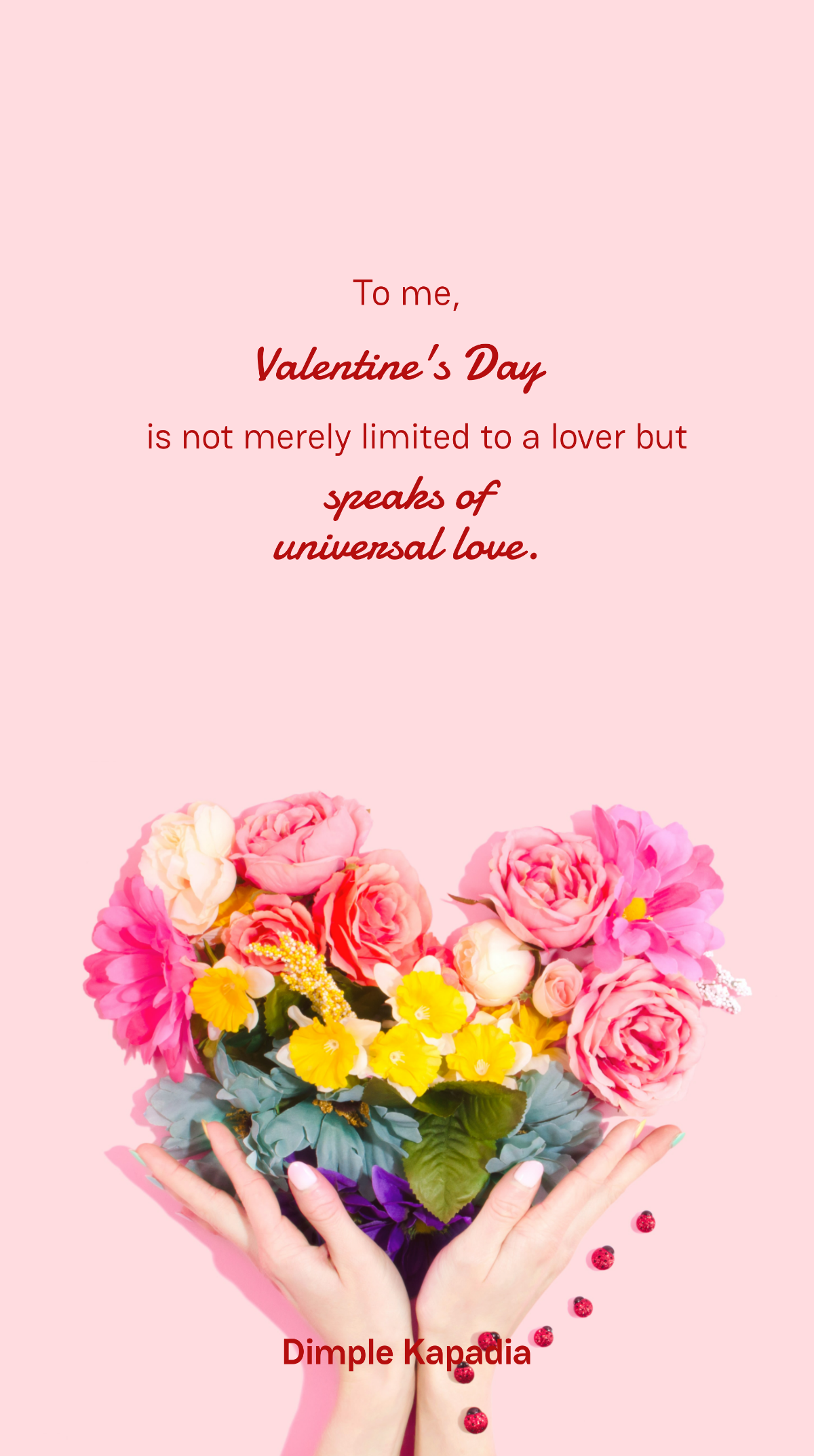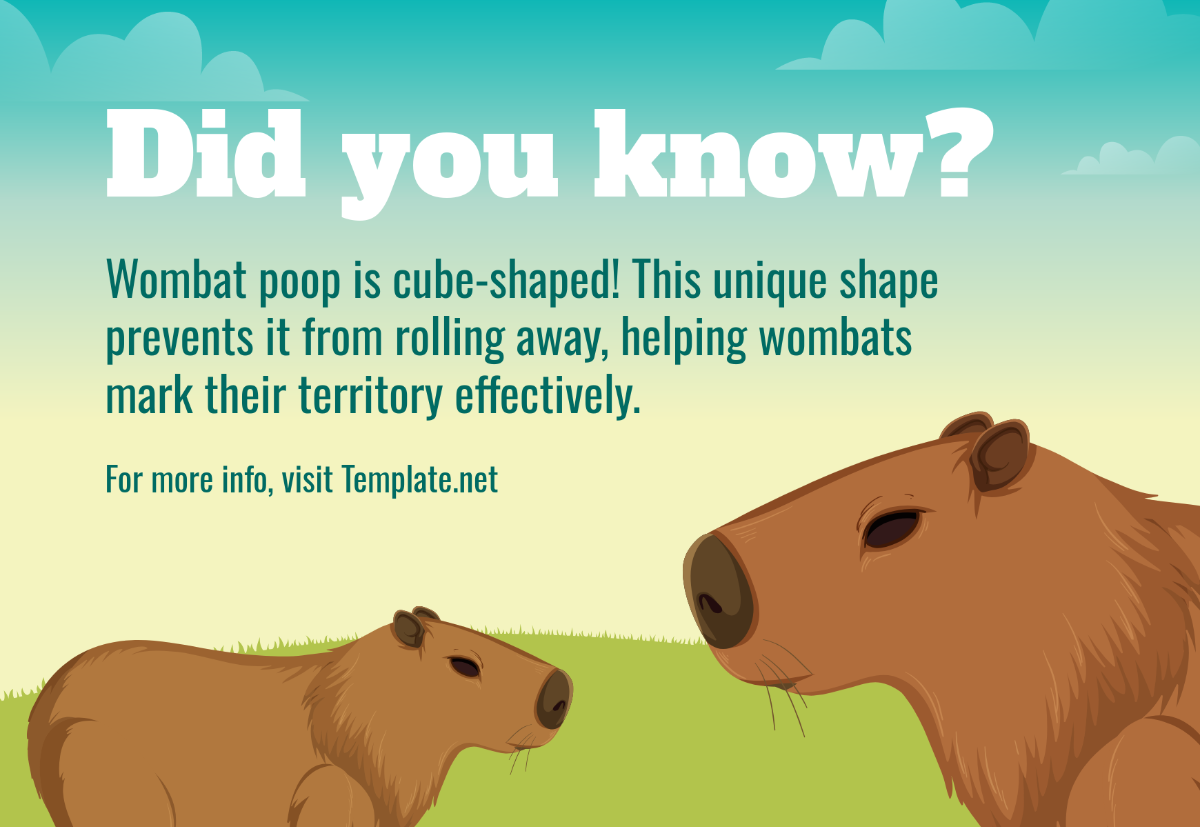Screenplay Script Outline
This document, crafted by [YOUR NAME] under the auspices of [YOUR COMPANY NAME], provides a structured framework for screenwriters to develop compelling narratives efficiently. The template integrates essential screenplay elements into a coherent format that allows for an organized approach to storytelling. This screenplay script outline ensures that all necessary components of a script are thoroughly addressed, promoting a well-crafted final product.
I. Title Page
Your script starts with a well-prepared title page. This should include:
The Title: Clearly stated in bold and centered halfway down the page
By: The word "by" should appear beneath the title, followed by [YOUR NAME]
Contact Information: At the bottom left of the page list the details [YOUR COMPANY ADDRESS], [YOUR COMPANY EMAIL], [YOUR COMPANY NUMBER], and [YOUR COMPANY WEBSITE]
II. Logline
Describe your screenplay in one or two sentences to capture the essence of your story:
Should convey the central conflict of the story, protagonists, antagonists, and the setting.
This summary should be enticing and sharp, providing a clear idea of the movie’s genre and core narrative hook.
III. Synopsis
Expand on your logline to create a brief synopsis:
Introduction to characters and setting
Development of the plot
Climax
Resolution
This should be a succinct overview of your script’s narrative structure from start to finish.
IV. Characters
Develop comprehensive profiles for each of your main characters. Include:
Character Name: Provide a brief description of their background, personality, and motivation.
Development Arc: Outline how they change or evolve throughout the script.
Relationships: Describe the dynamics between the character and other pivotal characters in the story.
V. Act Breakdown
Structure your script into the traditional three acts—setup, confrontation, resolution—and describe the key events of each act:
Act I: Setting up the story, introducing the characters, and the inciting incident.
Act II: The protagonist’s journey, obstacles they face, and how tension builds up.
Act III: Climax, falling action, and resolution of the story.
This acts as a roadmap that guides the scriptwriting from start to finish.
VI. Scene Details
List each scene within your script:
Scene Number | Location | Time of Day | Main Characters Involved | Purpose of Scene |
|---|---|---|---|---|
1 | [EXAMPLE LOCATION] | Day | [CHARACTER NAMES] | Introduction to world, establish setting |
This provides a detailed guide for visualizing and organizing your script’s progression.
VII. Additional Notes
Include any additional information that will aid in the development of the script such as:
Tone/Style Notes: Specify the visual or thematic style of the film matching the script narrative.
Research Notes: Areas that require more detailed study or understanding related to the script context.
Production Considerations: Potential challenges or notes for the production team.











